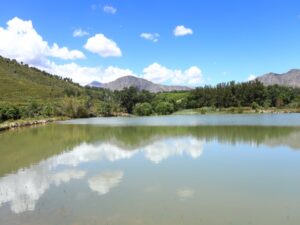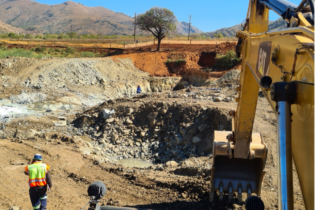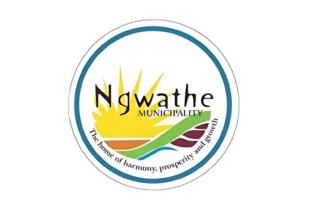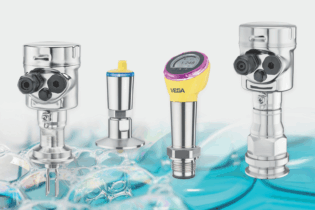The Department of Water and Sanitation has released a report on the state of reservoirs in the country stating that recent rains in most parts of the country have boasted the national water storage.
The volume of water stored in the reservoirs of most provinces has increased, from 95.0% in the week to 96.3% this week. They include KwaZulu Natal province which has suffered major flooding that caused destruction in the province. Departmental Spokesperson, Mr Sputnik Ratau stated that the Free State, Northern Cape and Gauteng provinces are at their full capacity. Free State dam levels have increased from 105.4% last week to 106.9% this week. Gauteng province was 102.9% last week but has risen to 104.2 this week. Northern Cape province is also at a staggering 115.3% this week, an improvement from last week’s 113.7%. KwaZulu Natal province has also seen an increase in its water levels, despite the destruction caused by the major floods. The water levels in the province have increased from last week’s 90.4% to 92.5% this week. “It is unfortunate that the heavy rainfalls in KwaZulu Natal have resulted in massive flooding which caused much damage to infrastructure and even loss of life, but the rains have also brought a great improvement from last year’s water levels which stood at 73.5% during this time”, said Mr Ratau. North West province has seen an improvement in its level of dams, from last week’s 76.5% to 78.7%, this week. This is a considerable drop when compared the levels were at 83.4% last year during this period. Klipvoor Dam is at its full capacity at 108.4% this week, an improvement from last week’s 104.5%. Bospoort Dam has slightly increased from last week’s 105.1% to 105.3% this week. Buffelspoort Dam is also at its full capacity but has remained unchanged 101.6% this week.Mpumalanga dam levels have also increased from last week’s 95.1% to this week’s 96.3%. This is an improvement when the province’s water levels were standing at 88.1% last year at this time. Westoe Dam in Usutu river is at its full capacity and has increased from last week’s 100.5% to 102.9% this week. The province’s Nooigedacht Dam is at its full level at 103.2% this week, an improvement from last week’s 102.0%. Vygeboom Dam is also at its peak by 104.0% this week compared to last week’s 100.9%. Kwena Dam is full by 101.6% this week and Longmere Dam remains at its high levels with 101.6% this week compared to last week’s 101.1%.
Water levels in Limpopo have also increased, recording 89.9% this week compared to last week’s 88.4%. Flag Boshielo Dam has increased from last week’s 104.9% to 108.5% this week. In Mopani Region, a critically low Middel-Letaba Dam to dropped to 3.2% this week, compared to last week’s 3.4%. Tzaneen dam has slightly declined to 100.1% this week from last week’s 101.3%. The biggest dam in Limpopo, De Hoop is at its full capacity by 100.5% this week, from last week’s 100.4%. Free State dam levels have increased from last week’s 105.4% to 106.9% this week. Fika Patso Dam, which supplies the residents of Phuthaditjhaba in QwaQwa, is at its highest levels and remains unchanged 100.0% this week. Free State’s biggest dam, Gariep, is also at its full capacity and has risen to 105.6% this week from last week’s 103.1%. However, it is noted that the water storage in Cape Town has decreased to 56.8% this week, from last week’s 58.3%. The dam levels in the Western Cape were standing at 50.6% last year at this time. “Water Supply Systems with dams supplying water to the City of Cape Town have slightly declined by 68.4% this week, from last week’s 69.8%”, Mr Ratau further explained. Eastern Cape has decreased in its water levels with the provincial water storage at 66.4% this week, a slight decline from last week’s 66.5%. The Algoa Water Supply System with dams supplying the Nelson Mandela Bay area is at a very low of 13.6% this week, a slight decrease from last week’s 13.9%. Kouga Dam which supplies the Nelson Mandela Bay is also very low at 13.5% this week. However, despite these great improvements in the water levels in various provinces, the Department of Water and Sanitation still reiterates its call on water consumers to continue to use water sparingly.







